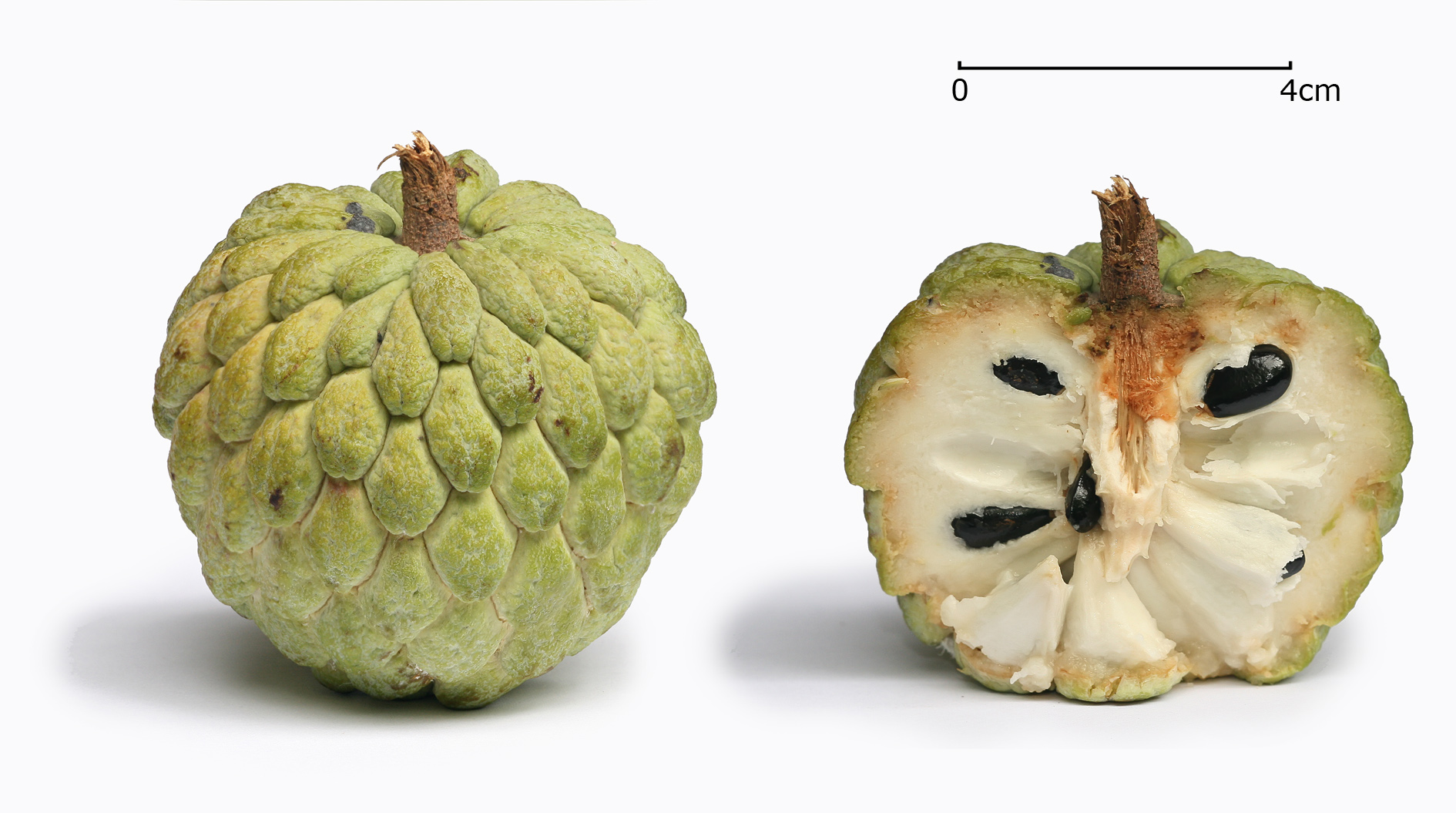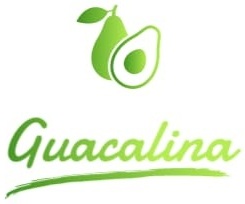Sugar Apple


Sugar Apple
Contact us to Confirm availability.
---------------------
Other names: Annona, Sweetsop
Origin: Tropical America
Tree Height: 15 ft.
Season: July - October
Cold Hardiness: 28° - 29°F
Fruit Description: The compound fruit is nearly round, ovoid, or conical, 2 1/3-4 in. long. The thick rind composes of knobby segments, pale-green, gray-green, bluish-green, or, in one form, dull, deep-pink externally, separating when the fruit is ripe and revealing the mass of conically segmented, creamy-white, glistening, juicy, sweet, delicious flesh. Many segments enclose a single oblong-cylindric, black or dark-brown seed about 1/2 in. long. There may be a total of 20-38, or perhaps more, seeds in the average fruit. Some trees, however, bear seedless fruits.
More Info: The ripe sugar apple is usually broken open and the flesh segments enjoyed while the hard seeds are separated in the mouth and spat out. It is so luscious that it is well worth the trouble. The flesh is fragrant and sweet, creamy white through light yellow, and resembles and tastes like custard. In India the crushed leaves are sniffed to overcome hysteria and fainting spells.
The sugar-apple, or sweetsop, is the fruit of Annona squamosa, the most widely grown species of Annona and a native of the tropical Americas and West Indies. The Spanish traders of Manila galleons brought it to Asia, where its old Mexican name ate may still be found in Bengali ata, Nepalese aati, Sinhalese mati anoda, Burmese awzar thee, Indonesia “ Srikaya”’ and atis in the Philippines. It is also known as Shareefa in India and Pakistan and in the Philippines and in Australia.[1]The name is also used in Portuguese as ata.
The fruit is spherical-conical, 5–10 cm (2.0–3.9 in) in diameter and 6–10 cm (2.4–3.9 in) long, and weighing 100–240 g (3.5–8.5 oz), with a thick rind composed of knobby segments. The color is typically pale green through blue-green, with a deep pink blush in certain varieties, and typically has a bloom. It is unique among Annona fruits in being segmented, and the segments tend to separate when ripe, exposing the interior.
The flesh is fragrant and sweet, creamy white through light yellow, and resembles and tastes like custard. It is found adhering to 13-to-16-millimetre-long (0.51 to 0.63 in) seeds forming individual segments arranged in a single layer around a conical core. It is soft, slightly grainy, and slippery. The hard, shiny seeds may number 20–40 or more per fruit and have a brown to black coat, although varieties exist that are almost seedless.[1][2]
There are also new varieties being developed in Taiwan. The atemoya or "pineapple sugar-apple," a hybrid between the sugar-apple and the cherimoya, is popular in Taiwan, although it was first developed in the US in 1908. The fruit is similar in sweetness to the sugar-apple but has a very different taste. As its name suggests, it tastes like pineapple.
